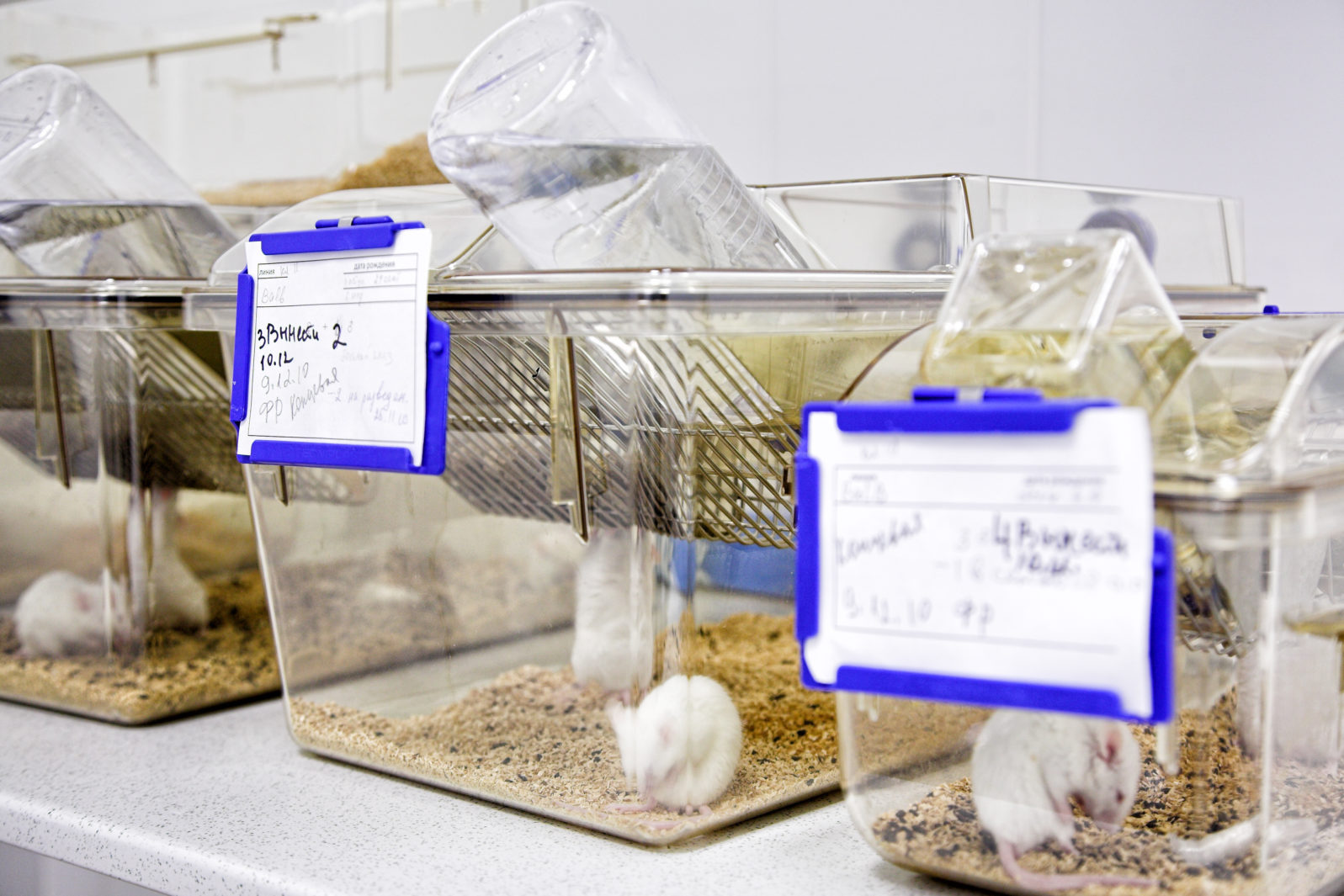Even in mice, decision-making involves complex brain activity
At LiveScience, RJ Mackenzie reports on a mouse study that shows that the activity that underlies decision-making is much more widespread in the brain than researchers used to think:
This project ultimately included 139 mice, spread across 12 labs around the world, that were implanted with brain-recording devices called Neuropixels probes. The probes can record up to 1,000 individual neurons simultaneously. The researchers tested the mice with a simple behavioral task that each of the dozen labs could reliably replicate: Researchers placed mice in front of a screen, and a black-and-white striped marker would flash either on the right or left. If the mice moved a small wheel in the same direction as the flash, they received a reward.
Based on what you’d read in a neuroscience textbook, said Carandini, you’d expect the brain activity that occurred during the experiment to follow a linear path. First, cells in the visual cortex that recognize images would fire up, followed by neurons in a different part of the brain, such as the prefrontal cortex, known to be involved in abstract decisions. This information might then be combined with additional activity that represented the mouse’s prior experiences — in other words, memories — before being sent to motor regions of the brain that control muscle responses.
“Map of 600,000 brain cells rewrites the textbook on how the brain makes decisions,” September 4, 2025
 Image Credit: mrks_v -
Image Credit: mrks_v - While the visual cortex activated first, signals relation to decision and information “far more widely distributed in the brain than the team anticipated it would be.”
Both of the two resulting papers, here and here, are open access. From the papers:
Representations of visual stimuli transiently appeared in classical visual areas after stimulus onset and then spread to ramp-like activity in a collection of midbrain and hindbrain regions that also encoded choices. Neural responses correlated with impending motor action almost everywhere in the brain.
International Brain Laboratory., Angelaki, D., Benson, B. et al. A brain-wide map of neural activity during complex behaviour. Nature 645, 177–191 (2025). https://doi.org/10.1038/s41586-025-09235-0
and
… we report that this subjective prior is encoded in at least 20% to 30% of brain regions that, notably, span all levels of processing, from early sensory areas (the lateral geniculate nucleus and primary visual cortex) to motor regions (secondary and primary motor cortex and gigantocellular reticular nucleus) and high-level cortical regions (the dorsal anterior cingulate area and ventrolateral orbitofrontal cortex).
Findling, C., Hubert, F., International Brain Laboratory. et al. Brain-wide representations of prior information in mouse decision-making. Nature 645, 192–200 (2025). https://doi.org/10.1038/s41586-025-09226-1
If it’s this complex in mice, what are we to make of simplistic representations of human thinking in pop psychology textbooks?
